13 December 2016 by Chris Cathrine | Comments: 0
Share this article:

All of Caledonian Conservation’s crack field ecology survey team have completed Outdoor First Aid (+F) courses this month with First Aid Training Co-operative, to refresh these essential skills.
Conditions were towards the damp side underfoot in the grassy tussocks near the Mugdock Country Park Visitor Centre for ‘unresponsive casualty’ simulation (and good-to-firm on the car park tarmac for recovery position rolling), and rather chilly at Edinburgh International Climbing Centre (EICA Ratho) but everyone passed all aspects of the course with flying colours.
We continue to be fully qualified to administer first aid for the next three years and hopefully are more than adequately equipped for the rigours of all year round outdoor survey work which can involve working in remote and exposed areas of Scotland. Health and safety for our team and those around us is our top priority.
The newly issued Team CalCon woolly hats (red edition replacing the previous green ones!) were also found to double up as excellent extremity warmers for anyone unfortunate enough to be put into a ‘clear, draining airway’ position and required to be left on a hill (or in a car park) whilst help is raised.
Our team was trained in two batches, and both Outdoor First Aid (including Emergency First Aid at Work +F) were superb - we would highly recommend the First Aid Training Co-operative based on our experiences!
12 December 2016 by Chris Cathrine | Comments: 0
Share this article:
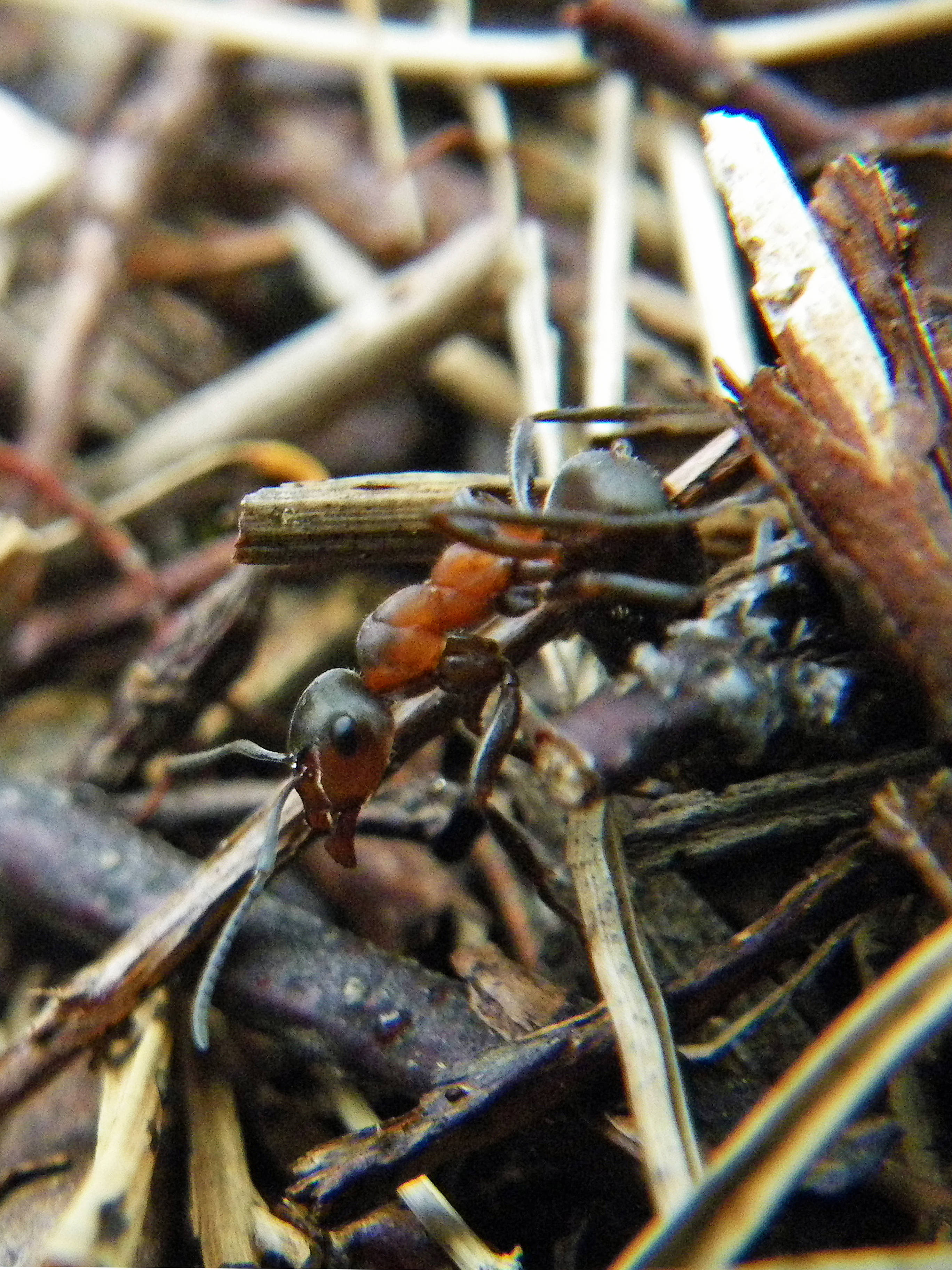
At Caledonian Conservation we aim to benefit people and wildlife. To achieve this, we feel it is essential to share our experiences with other professional and academic ecologists to help improve best practice (within legal and commercial restrictions). This includes presenting articles in the Chartered Institute of Ecology and Environmental Management (CIEEM) In Practice publication, which is distributed to the organisation’s membership. Director Chris Cathrine has been an author of four articles in this publication, and we are pleased that we are now able to offer these publicly on the Caledonian Conservation Ltd website. These articles include:
Cathrine, C. 2015. Wood Ant Nest Translocations. In Practice 89, 14-18.
Cathrine, C. and Amphlett, A. 2011. Deadwood: Importance and Management. In Practice 73, 11-15.
To explore other publications, research posters and conference papers, go to the Caledonian Conservation publications page.
To learn more about the Chartered Institute of Ecology and Environmental Management, visit their website.
05 December 2016 by Chris Cathrine | Comments: 0
Share this article:

We’re very pleased that BBC chose to use a Caledonian Conservation photo of a frosty hairy wood ant (Formica lugubris) nest in a gallery illustrating frozen Scotland: http://www.bbc.co.uk/news/uk-scotland-38136716
Wood ant nests are masterworks of eco-architecture and sustainable design, taking maximum advantage of renewable energy and local resources. Wood ant nests are built around a tussock of grass, soil or another feature, which provides a source of heat through decay of vegetation as well as a foundation. Constructed so that the south facing side is larger and flatter to capture solar energy and allow workers to bask, before returning to brood chambers where they act as storage heaters. Finally, the thatched roof made from pine needles, heather and grass provides excellent insulation.
There are four species of wood ants (including close relatives) in Scotland: the hairy wood ant, Scottish wood ant (Formica aquilonia), slave-maker ant (Formica sanguinea) and narrow-headed ant (Formica exsecta). These species have different habitat preferences, and perform a range of important ecosystem services. Caledonian Conservation has wood ant expertise, and you can read about our nest translocation work for developments and Site Condition Monitoring surveys for Scottish Natural Heritage (SNH) on our publications page. Caledonian Conservation Director Chris Cathrine is also a member of the UK National Wood Ant Steering Group.
To learn more about wood ants in the UK, visit the website of the National Wood Ant Steering Group.
An excellent book on wood ants has also recently been published, and is highly recommended:
23 November 2016 by Chris Cathrine | Comments: 0
Share this article:

Caledonian Conservation Ltd presented a case study of reptile mitigation work we have been undertaking in Scotland at a conference on 9th October 2016 in Cheddar focussing on adder conservation in the UK - The Vanishing Viper: Priorities for adder conservation (organised by Amphibian & Reptile Groups of the UK and Amphibian & Reptile Conservation Trust).
The case study involves an underground cable route which will connect RES Ltd Freasdail Wind Farm to the grid. This route crosses over 10 km of reptile habitat where adders, common lizards and slow-worms are present. However, the construction methods are relatively low impact and transient. As the erection of a reptile fence of such length would have a greater negative effect than the construction itself, an innovative approach was developed to avoid harm to reptiles during works. This contrasts with the construction of the wind farm itself, where traditional reptile mitigation using fencing was appropriate.
The presentation was given while works were still in progress, however construction of the cable has since finished and no evidence of harm to reptiles has been recorded. Therefore, in this case, we conclude that the approach developed was appropriate for Freasdail Wind Farm. However, at present there is no formal published guidance on reptile mitigation in the UK and this is urgently needed to help protect these special animals.
We hope to publish a detailed article on the mitigation approach and results in the future, so that other ecologists may learn from this work in the absence of formal guidance.
As Director Chris Cathrine was expecting the imminent arrival of his second child, Ian Bradley (Ecological Clerk of Works for much of the project) kindly delivered the presentation, which is available to download here.
For more information about RES Ltd, go to: http://www.res-group.com/en
For more information about Amphibian & Reptile Groups of the UK, go to: http://www.arguk.org
For more information about Amphibian & Reptile Conservation Trust, go to: http://www.arc-trust.org
20 November 2016 by Chris Cathrine | Comments: 0
Share this article:
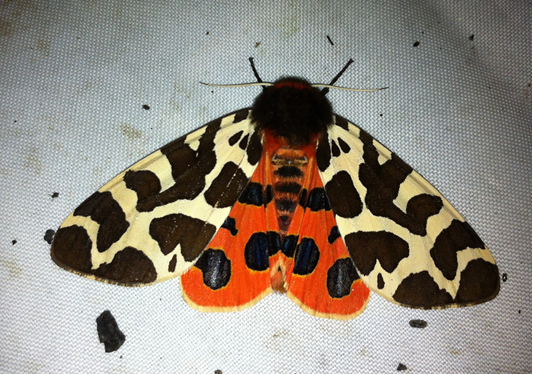
Caledonian Conservation Ltd had completed several surveys for Scottish Wildlife Trust (SWT) since the company was formed in 2010. These surveys have included protected mammals, bryophytes and invertebrates (terrestrial and aquatic). Both Caledonian Conservation Ltd and SWT share a commitment to making as much of our work available publicly (within legal constraints), and we are pleased to publish three historic reports online. You can download these, and other documents, from the Caledonian Conservation Ltd publications page.
The reports include:
Jupiter Urban Wildlife Centre bryophyte survey (2010): 24 species of bryophytes were recorded, and interpretation notes and habitat management recommendations are included in the report.
Jupiter Urban Wildlife Centre water vole survey (2010): no water voles were found, and habitat was considered sub-optimal, however habitat management recommendations are included in the report.
Cathkin Marsh invertebrate survey (2013): the survey included terrestrial and aquatic invertebrates and 201 species were recorded, including Northern arches moth (Apamea zeta - Nationally Scarce) and garden tiger moth (Arctia caja - Scottish Biodiversity List). Interpretation notes and habitat management recommendations are also included in the report.
18 November 2016 by Chris Cathrine | Comments: 1
Share this article:
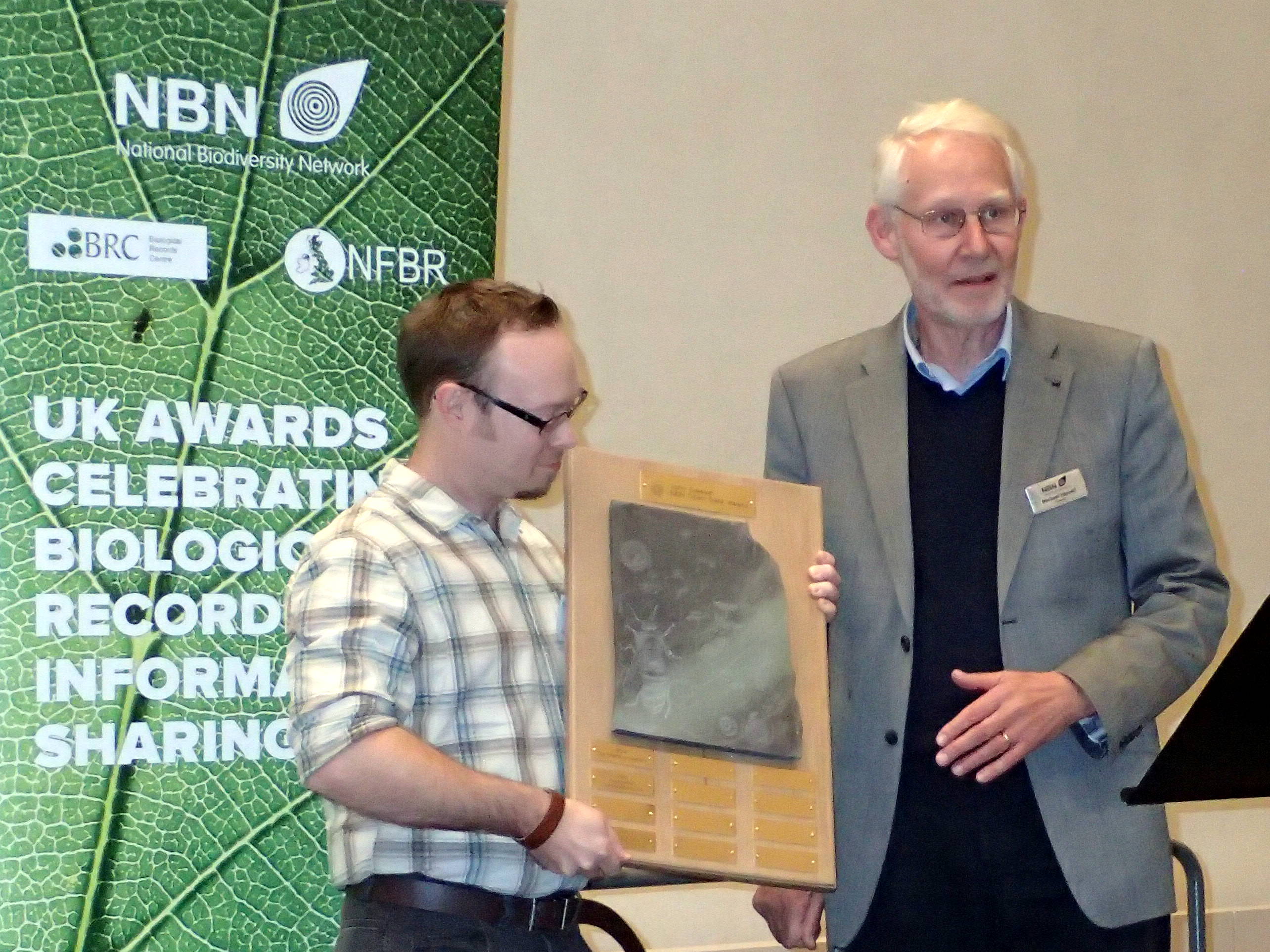
Caledonian Conservation is proud to announce that we were selected as the winner of the 2016 National Biodiversity Network (NBN) Trust John Sawyer Award for open data. This award is presented annually to the data partner who is making the greatest contribution to open biodiversity data in the UK. The award is named in memory of John Sawyer, a former NBN CEO who is highly inspirational. Caledonian Conservation is only the second organisation to be presented with the John Sawyer Award – the first being The Mammal Society in 2015.
Several members of the Caledonian Conservation team attended the awards ceremony at the NBN Conference held at the National Museum of Scotland on 17th November 2016. Chris Cathrine (Director (Ecology)) accepted the award on behalf of the organisation, and said:
“We are all deeply honoured that Caledonian Conservation Ltd has been selected for the John Sawyer Award.
Caledonian Conservation Ltd is dedicated to ensuring as much of our biodiversity data is publicly available as possible within legal restrictions, and NBN is the perfect platform for this.
It's so important that everyone is able to learn about the wildlife in their local area for their own enjoyment and to ensure there is a sense of ownership leading to a desire to protect biodiversity for future generations.
It is also essential that biodiversity data is available to academia and governments to monitor trends, and to professional ecologists designing habitat management plans or undertaking Ecological Impact Assessments for developments.
We hope that in future sharing of biodiversity data openly and at high resolution will be standard practice.”
We are pleased to say that we have many more records currently being formatted for submission to NBN, from a variety of projects (research, Site Condition Monitoring and development projects such as wind farms). When uploaded to NBN, these datasets will be publicly available at the highest resolution possible under a CC BY licence (under which data are made available for any use provided that attribution is appropriately given for the sources of data used), as with our existing records.
To learn more about NBN Trust and explore data (including Caledonian Conservation's) go to: https://nbn.org.uk/
15 November 2016 by Chris Cathrine | Comments: 0
Share this article:

A new paper on Donaciinae (aquatic leaf beetles) in Britain and Ireland has been published in The Coleopterist - a journal focussing on beetles in the British Isles. Chris Cathrine (Director (Ecology) at Caledonian Conservation Ltd) worked with Garth Foster (The Aquatic Coleoptera Trust, and lead author) and Brian Nelson (Department of Arts, Heritage and the Gaeltacht) to produce this update on these fascinating beetles.
The paper includes several new vice county records, and draws on a range of sources including two Site Condition Monitoring reports for Sites of Special Scientific Interest (SSSIs) in Scotland, completed by Caledonian Conservation Ltd under contract to Scottish Natural Heritage (SNH).
Click here to download the paper, or visit our publications page.
The most recent Site Condition Monitoring report cited in the paper, and other interesting documents, are also available from our publications page.
For more information on The Coleopterist, or to subscribe, go to: http://www.coleopterist.org.uk/
11 November 2016 by Chris Cathrine | Comments: 0
Share this article:
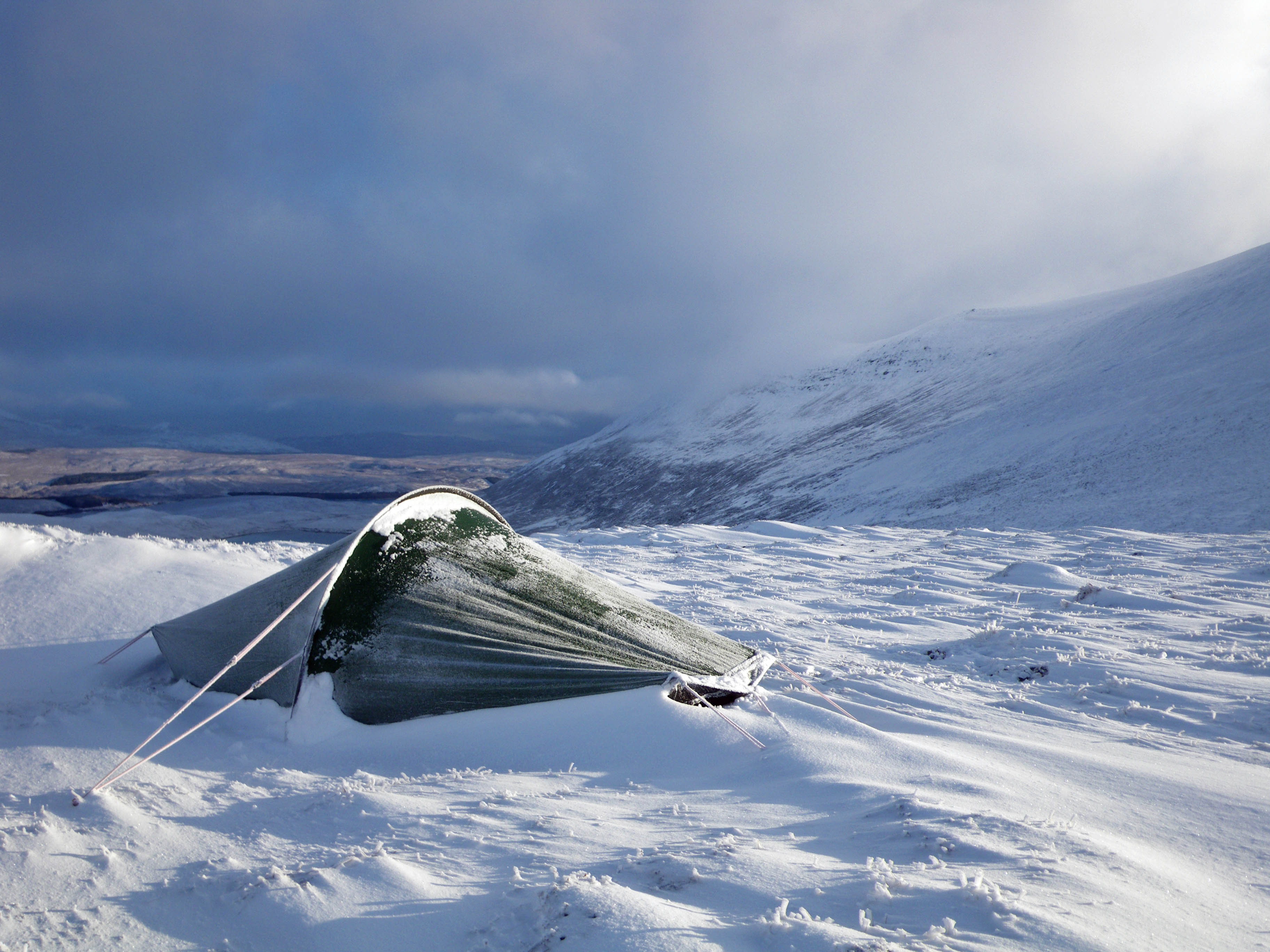
We are very pleased that Creag Riabhach Wind Farm (Sutherland) gained consent on 17th October 2016. Between 2012 and 2014, Caledonian Conservation Ltd provided the full ecology and ornithology services for Creag Riabhach Wind Farm, from feasibility to Ecological Impact Assessment (EcIA).
Creag Riabhach Wind Farm will provide a boost to the local rural economy, improve local biodiversity, and help combat climate change by generating clean energy and through peatland restoration.
If you would like to read more about the ecology and ornithology work, the relevant chapters from the Environmental Statement are available to download from our publications page.
11 November 2016 by Chris Cathrine | Comments: 0
Share this article:

Julie Smith (Senior Ecologist) had an excellent few days spent with Andreas Heinemeyer of the University of York, providing specialist botanical support for a Defra project on assessing management impacts on blanket bog ecosystem services.
For more information on the project, check out: http://peatland-es-uk.york.ac.uk/home
02 August 2016 by | Comments: 0
Share this article:
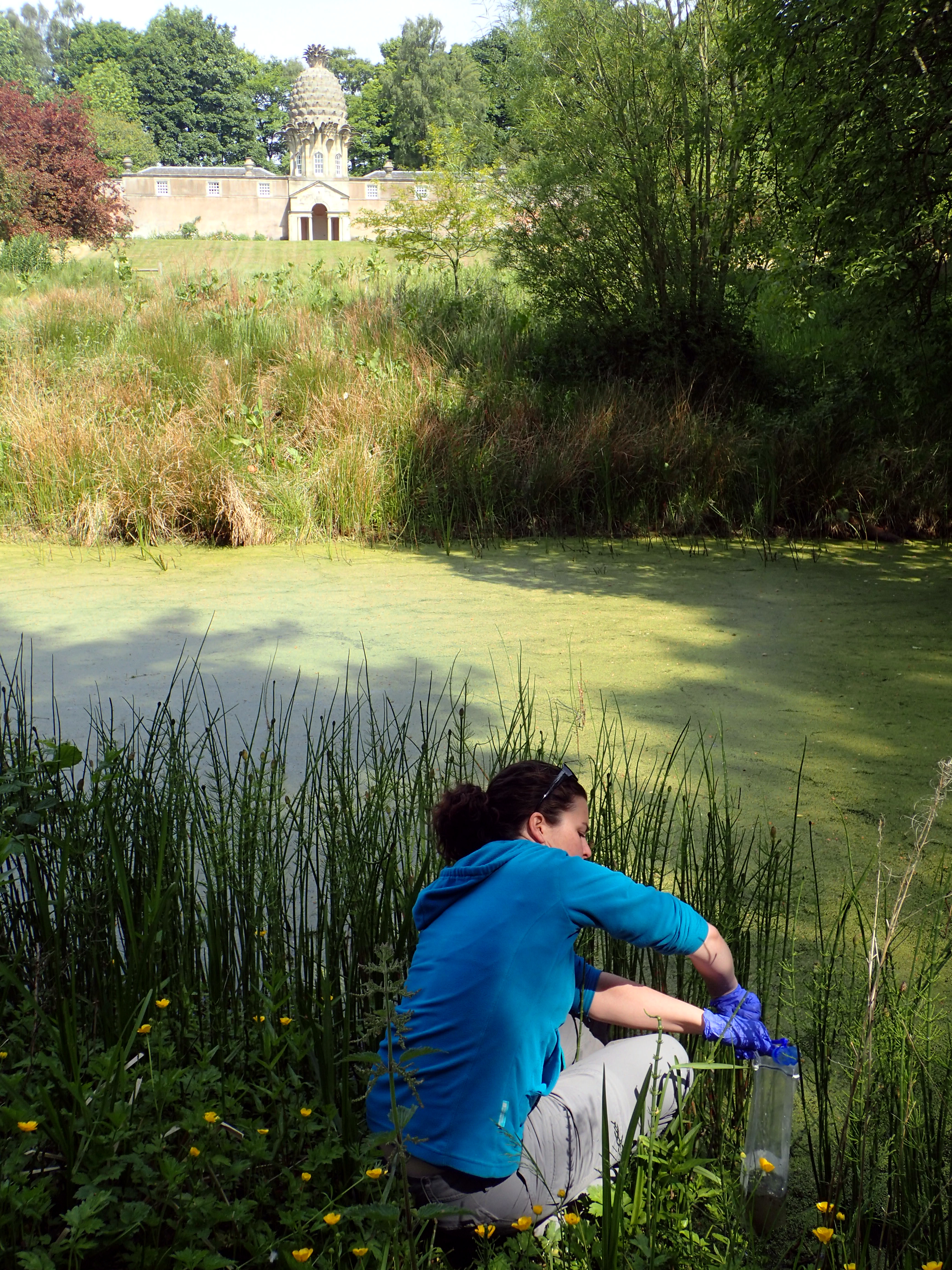
We've been enjoying helping out with the Amphibian and Reptile Conservation Trust's new 'Great Creasted Newt Detectives' project over the summer.
Launched back in April, this HLF and SNH-funded project aims to test ponds across Scotland for the presence of great crested newts by using eDNA sampling. We are really keen to help out this important project with both free staff time and resources where possible. So far we have sampled ponds at the National Trust for Scotland's 'Pineapple' site, and at ponds near Aviemore and Cambletown. The photo below shows Carolyn taking water samples to send away for eDNA testing. We look forward to hearing the results in future!